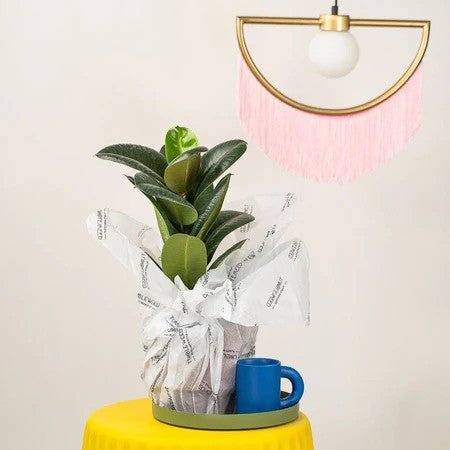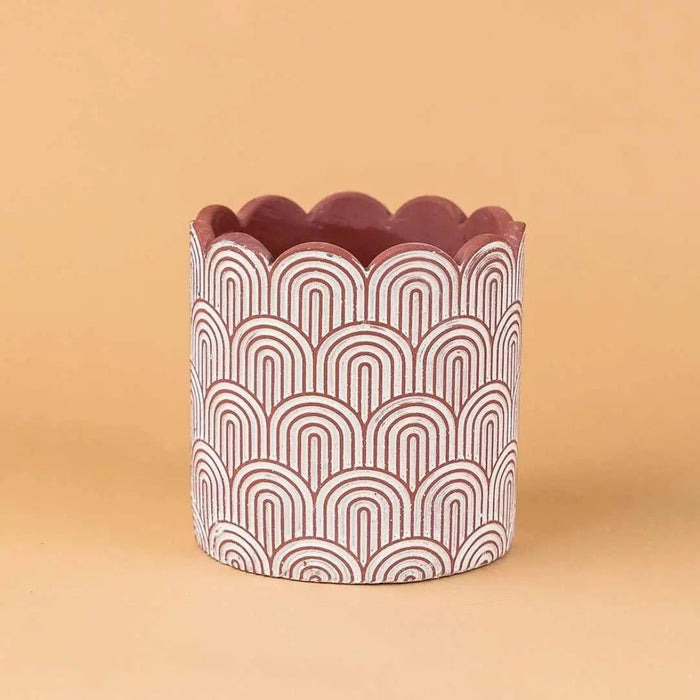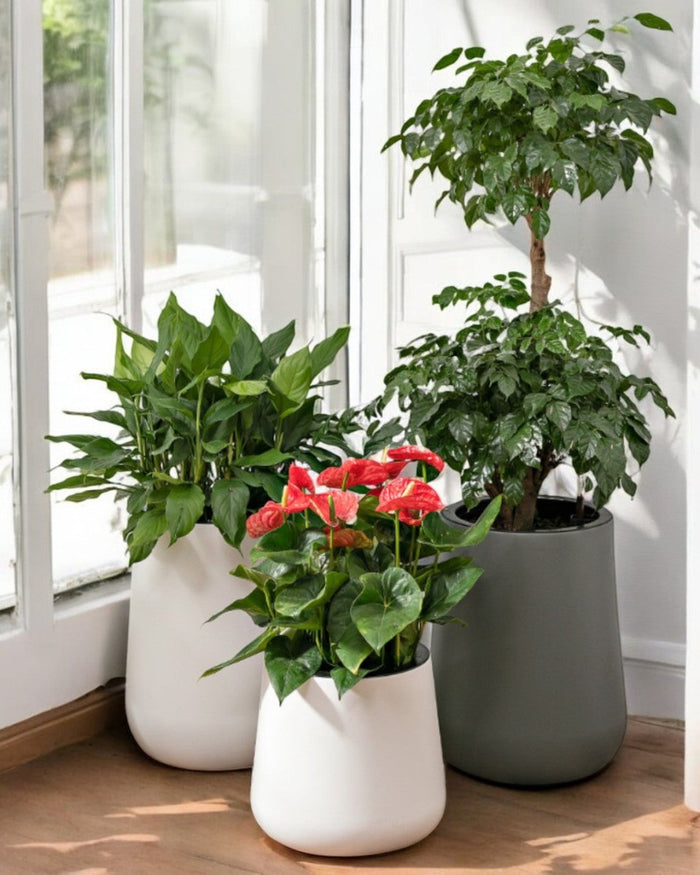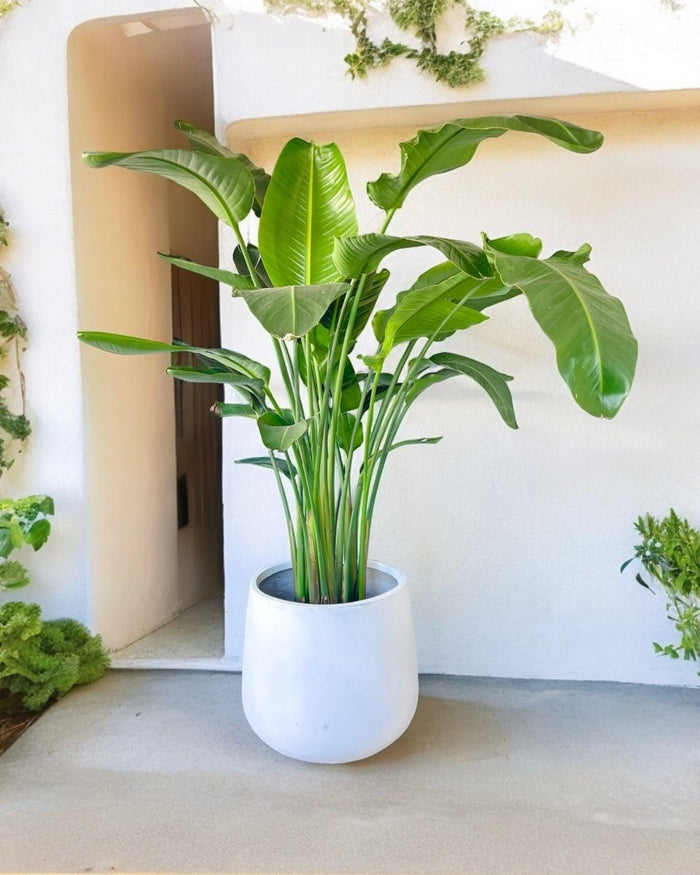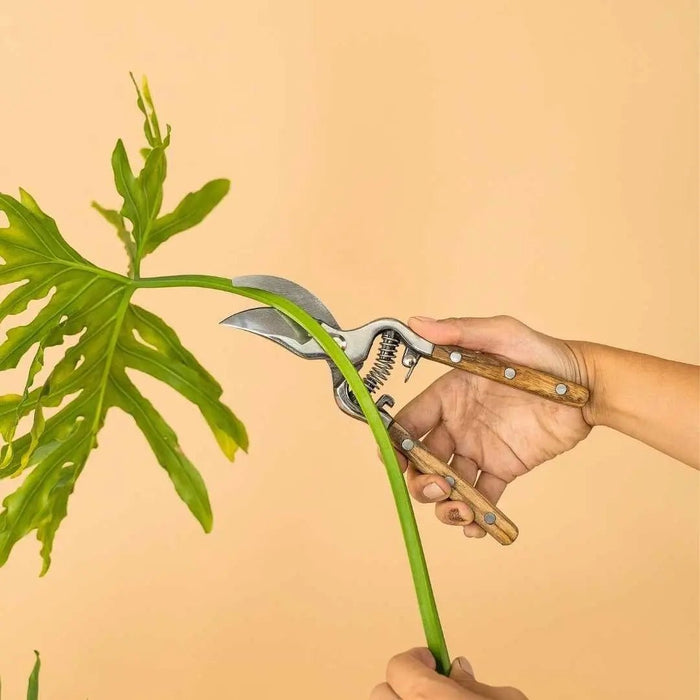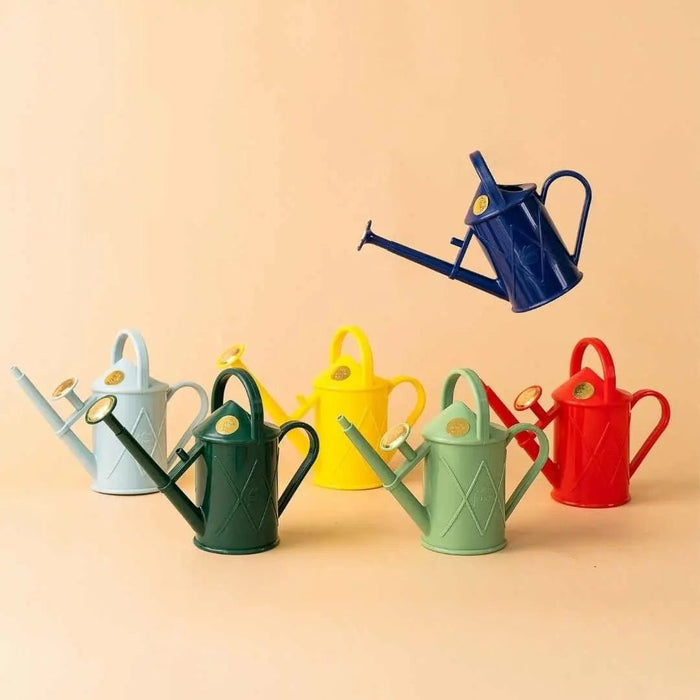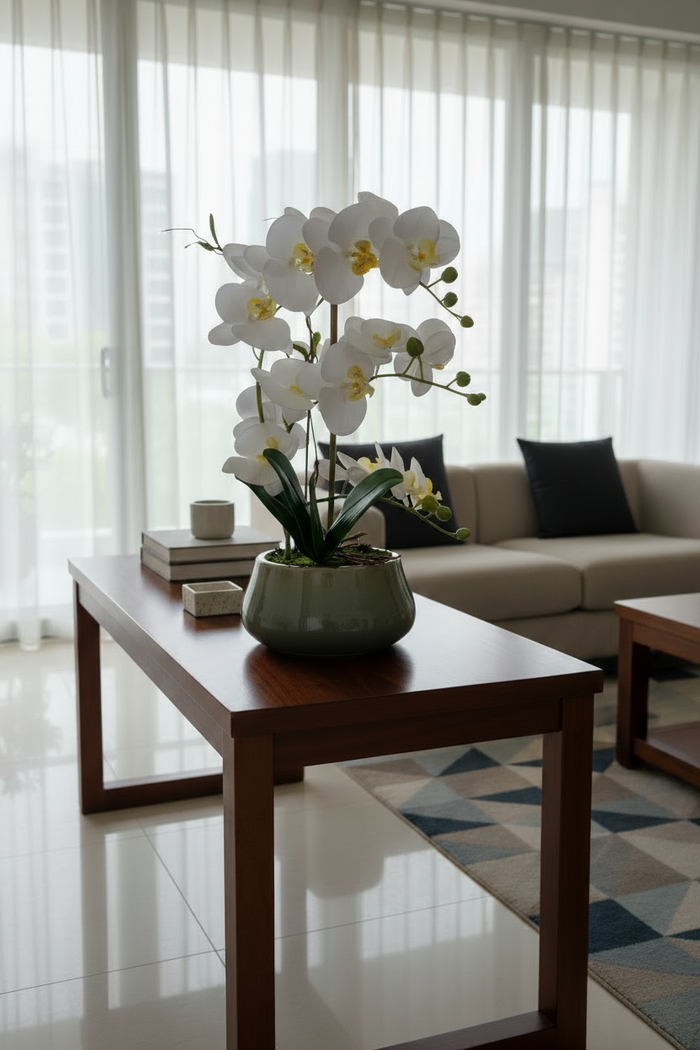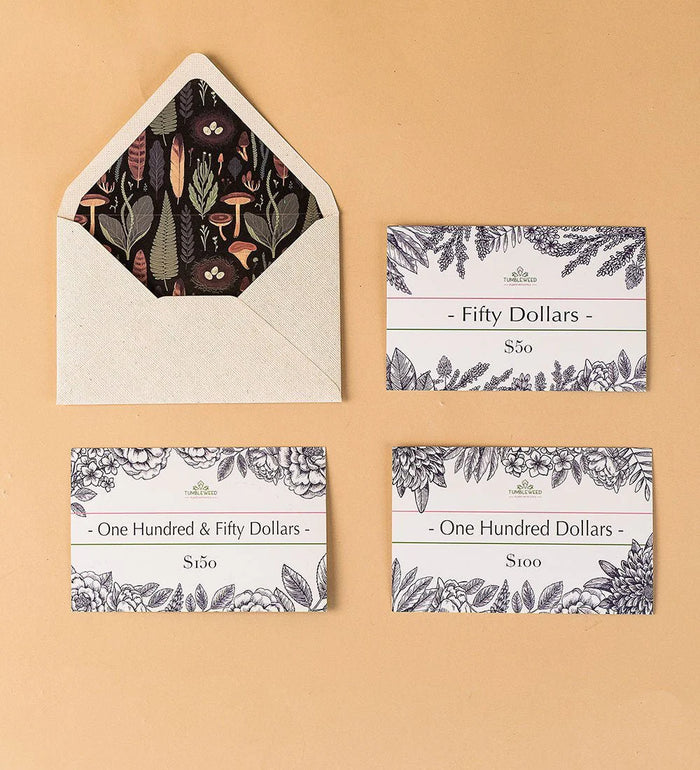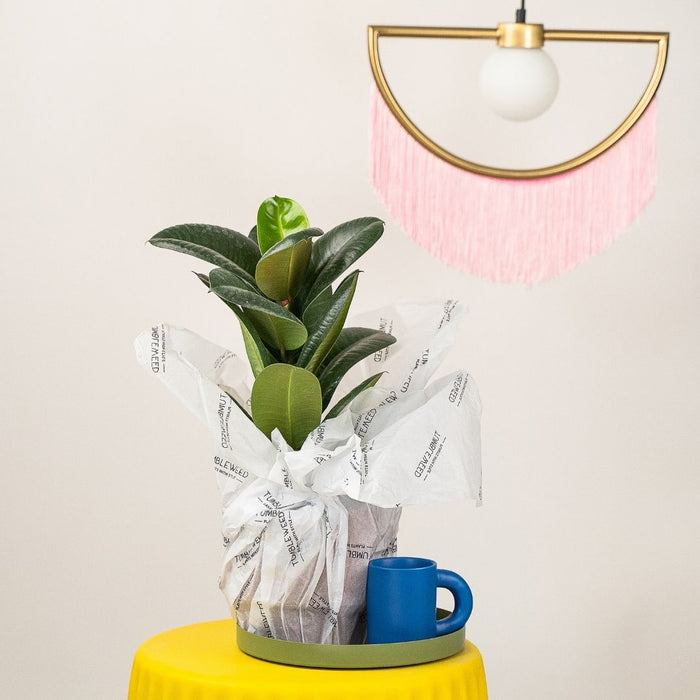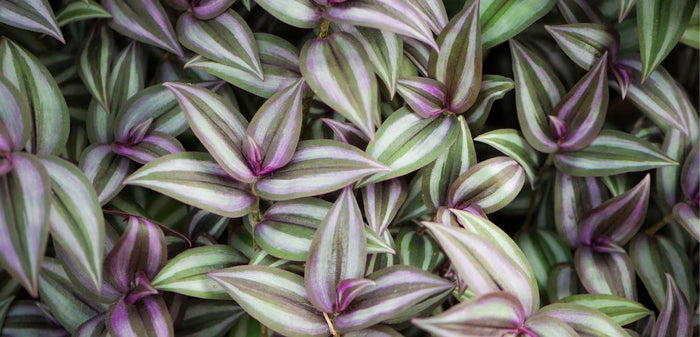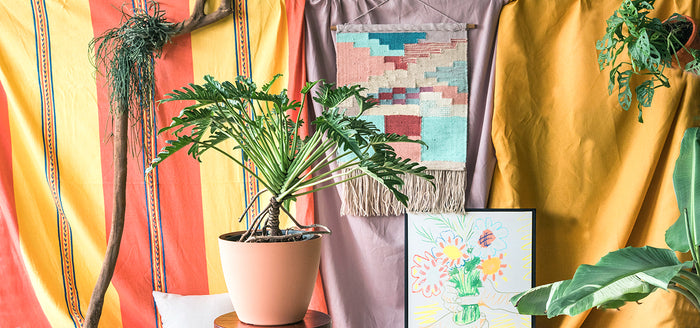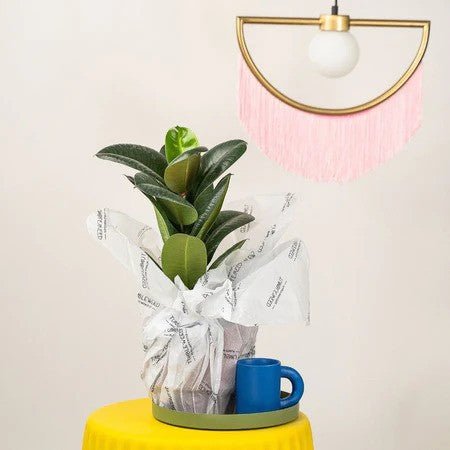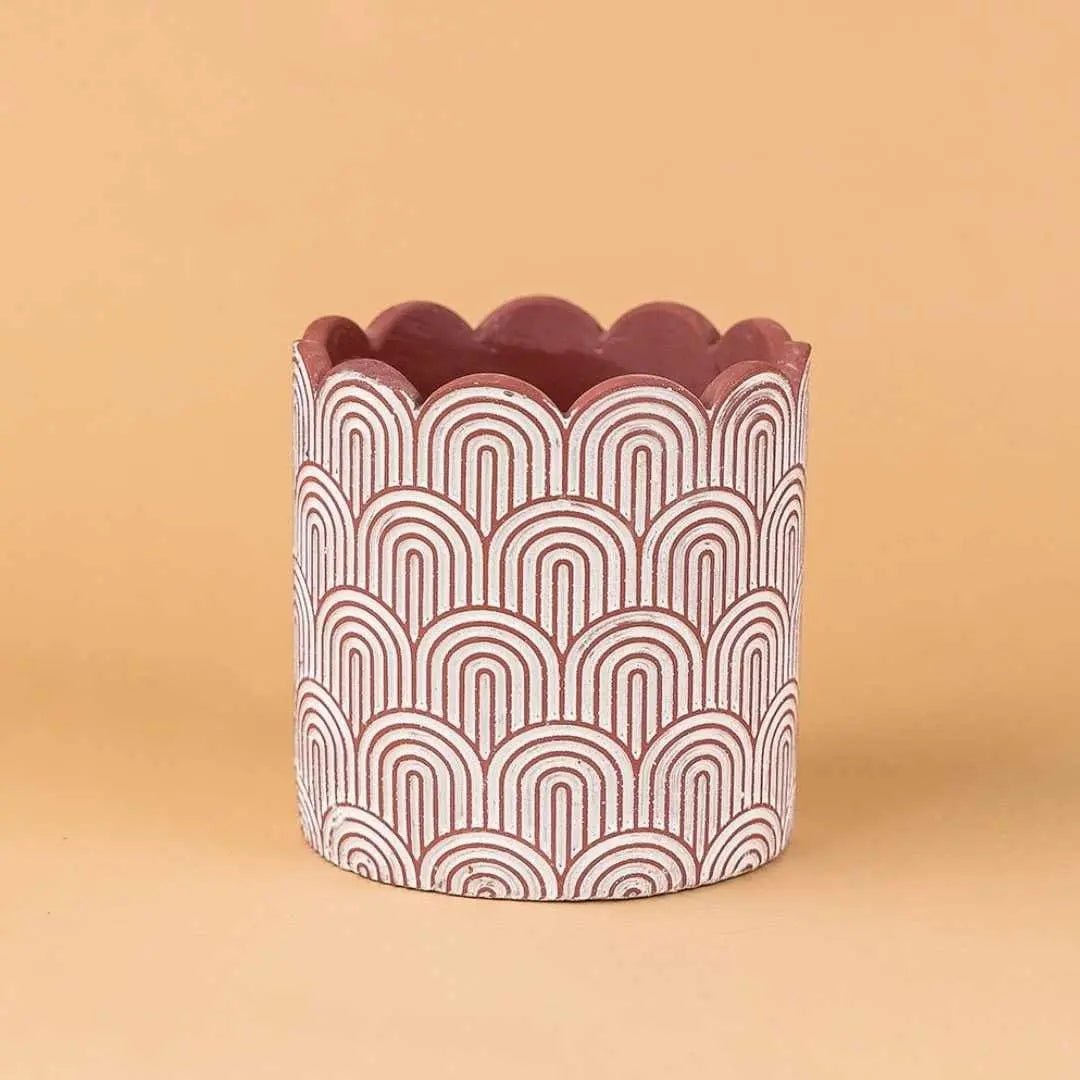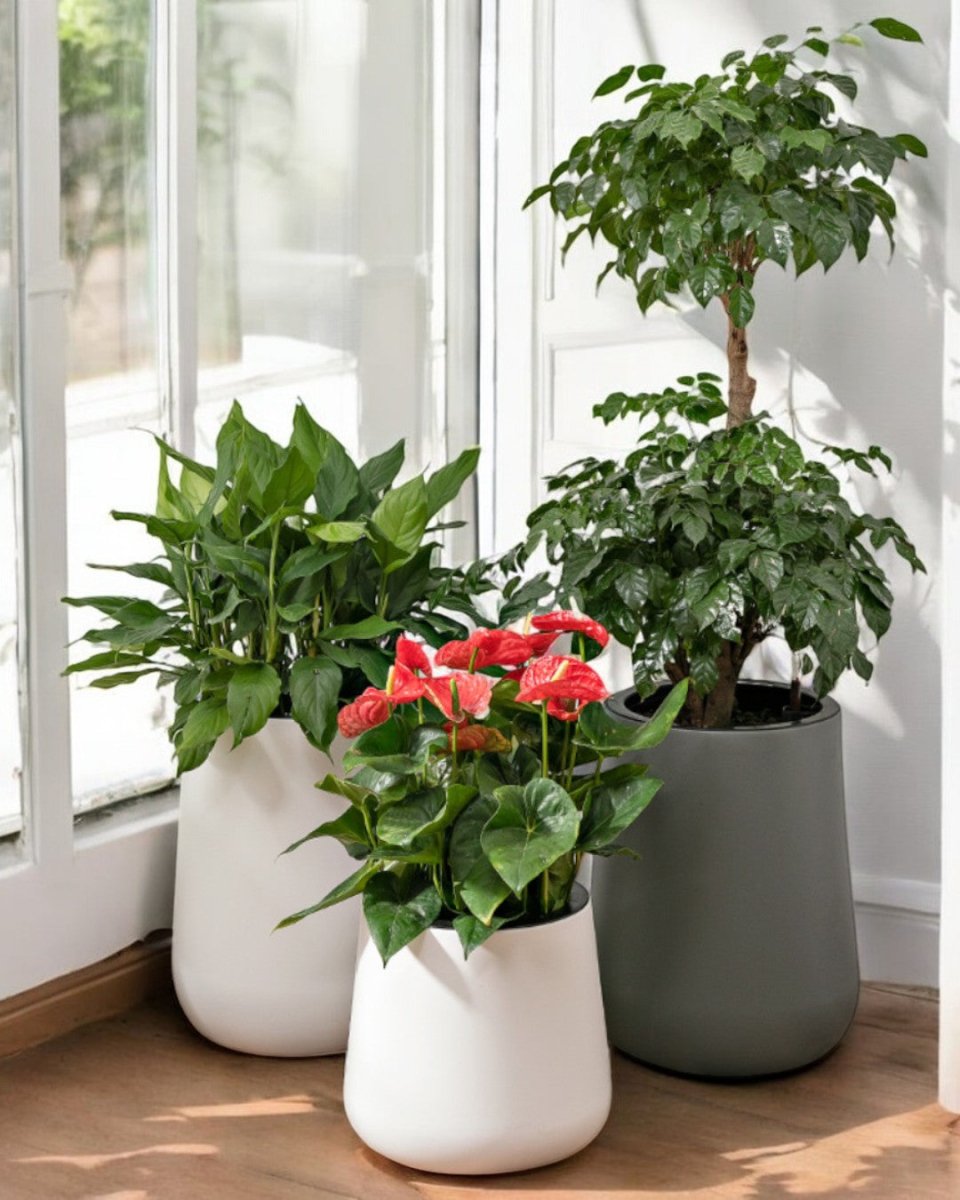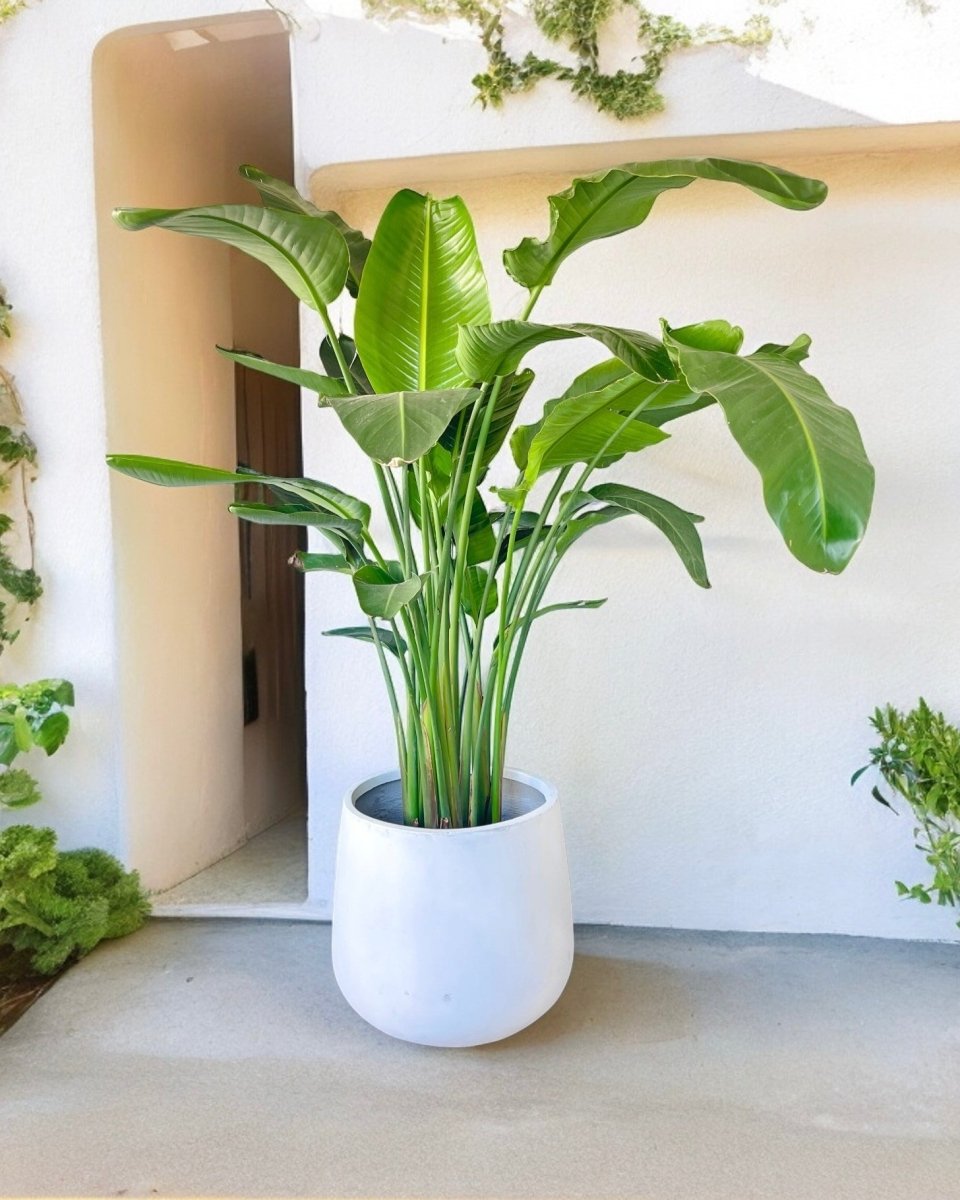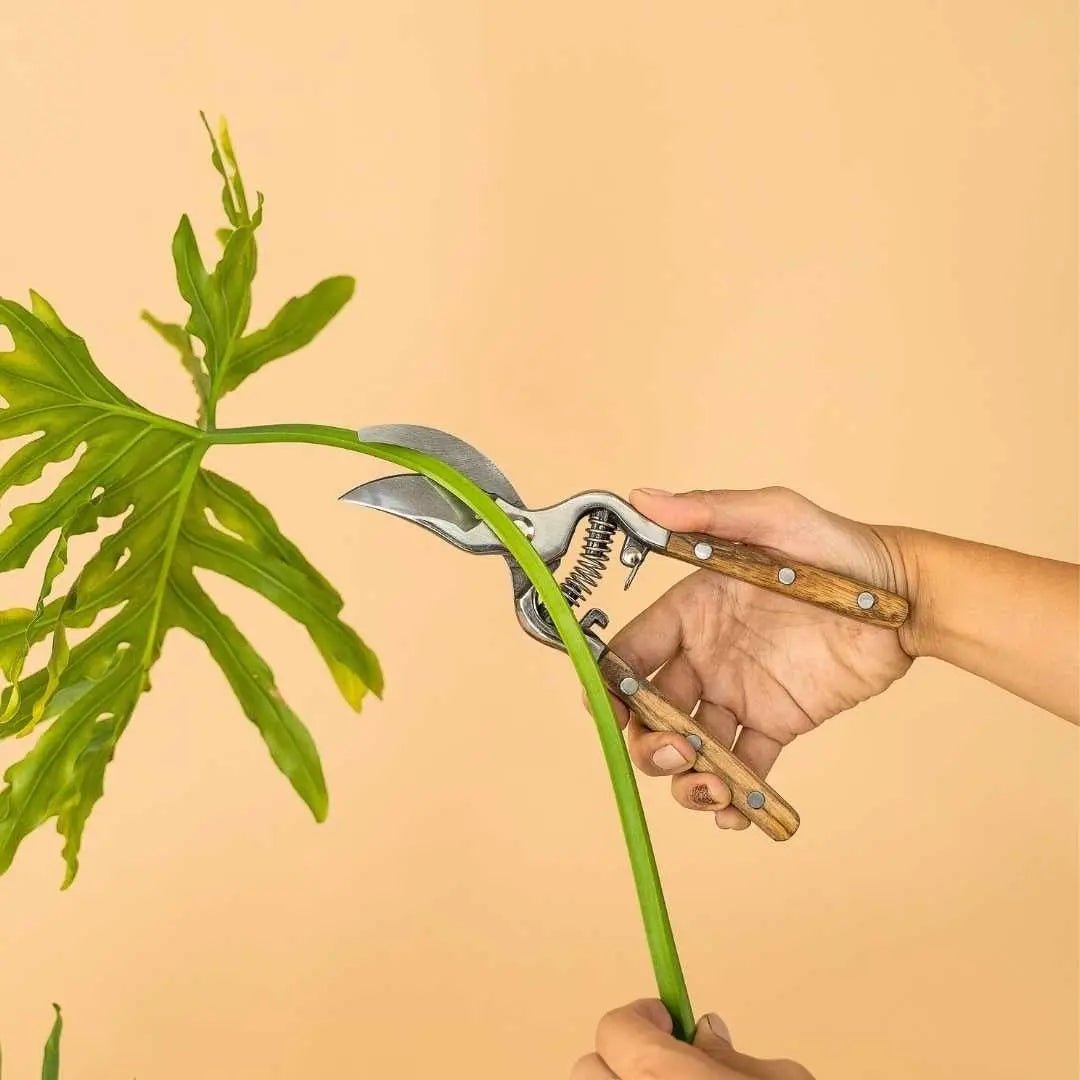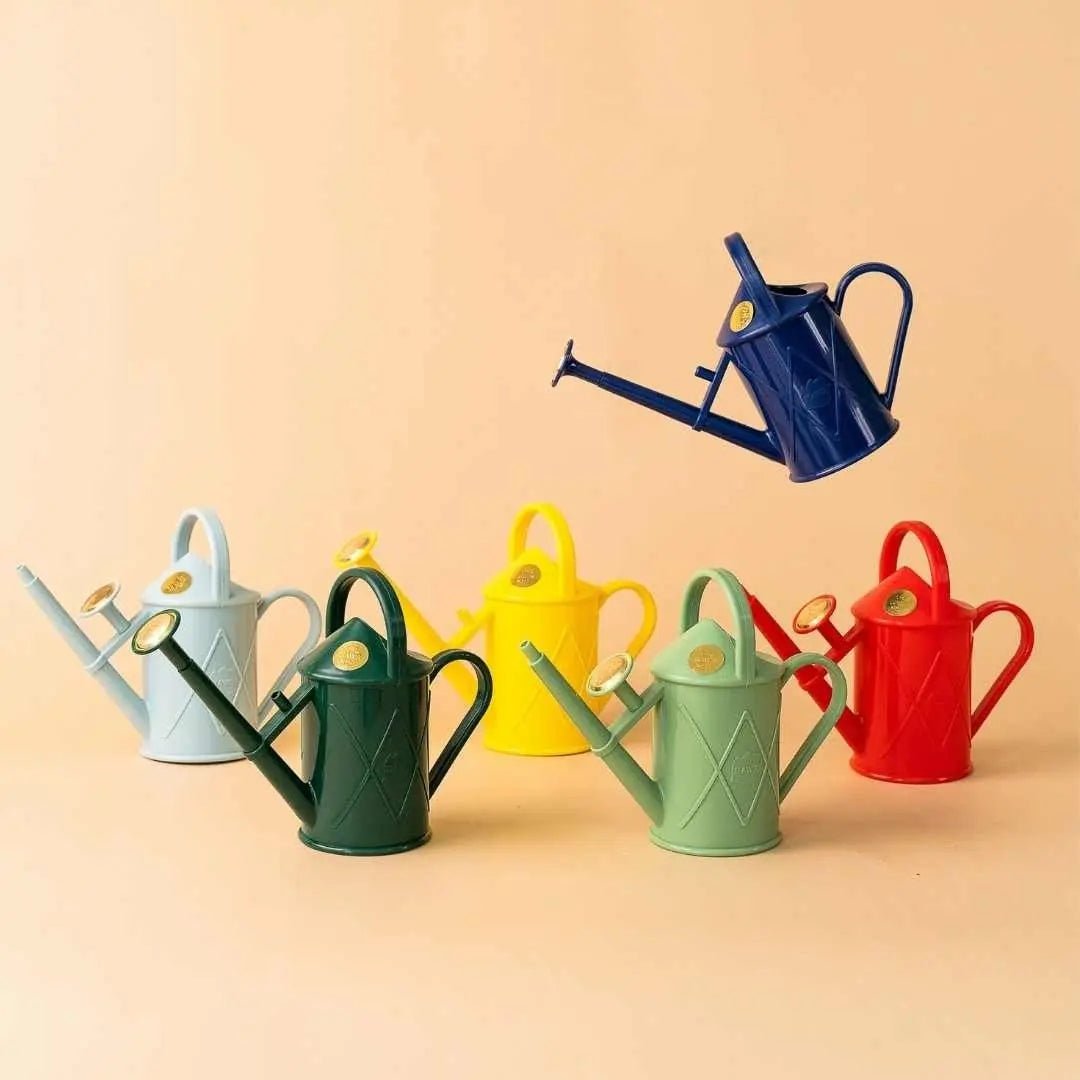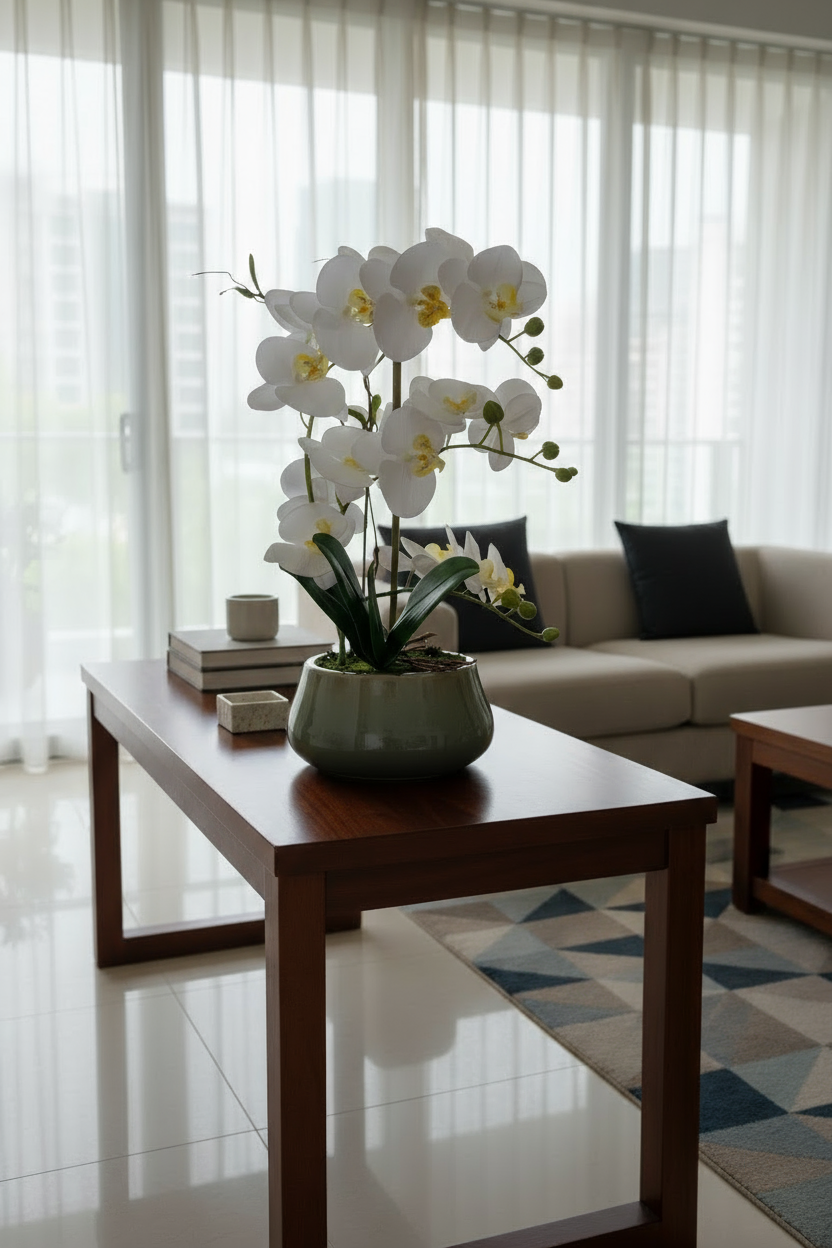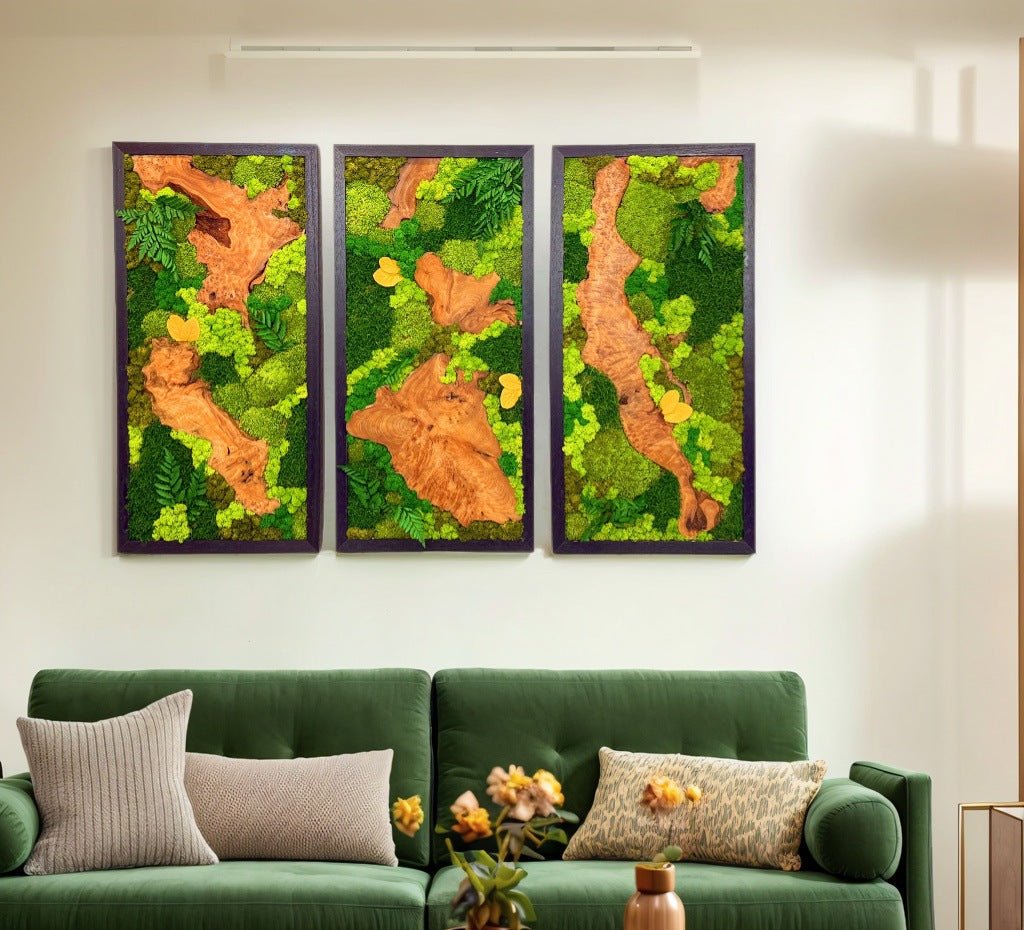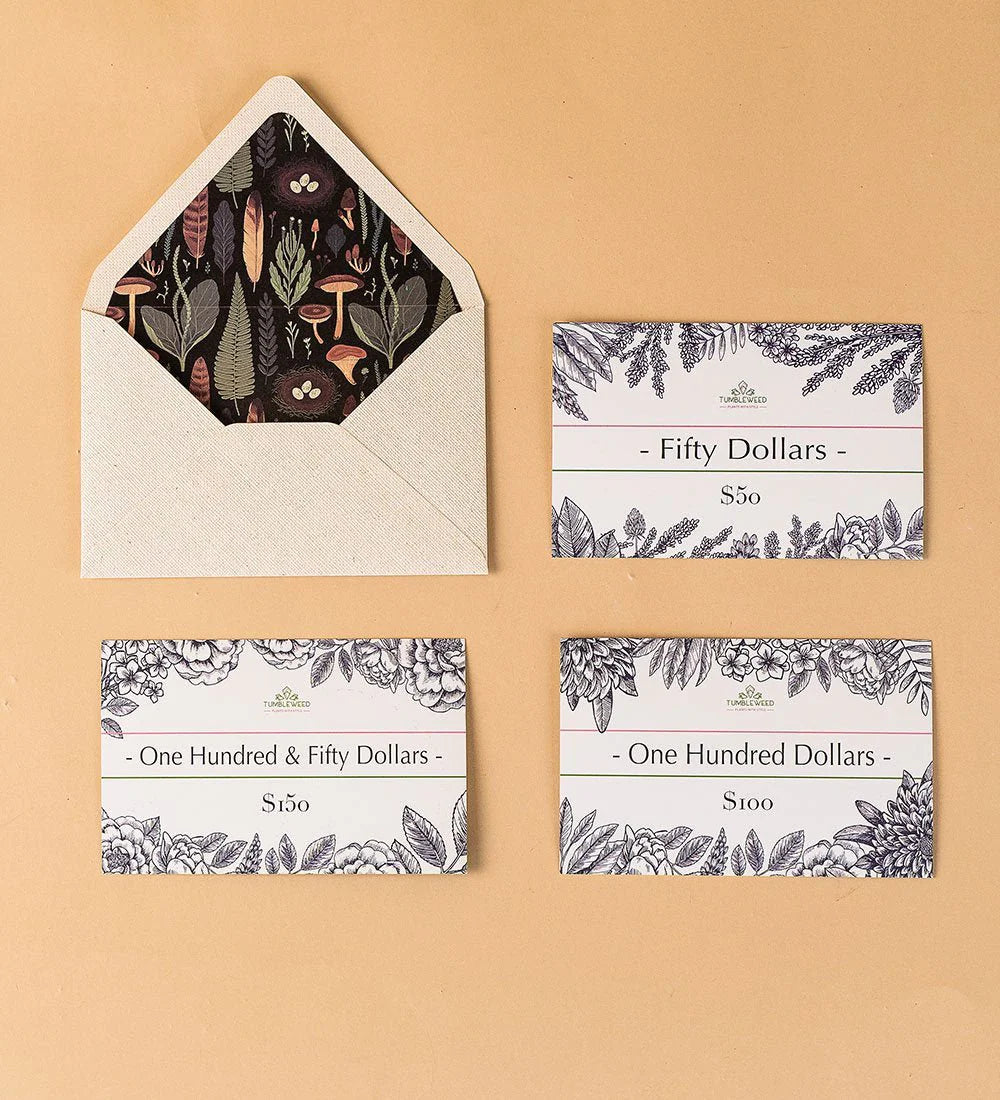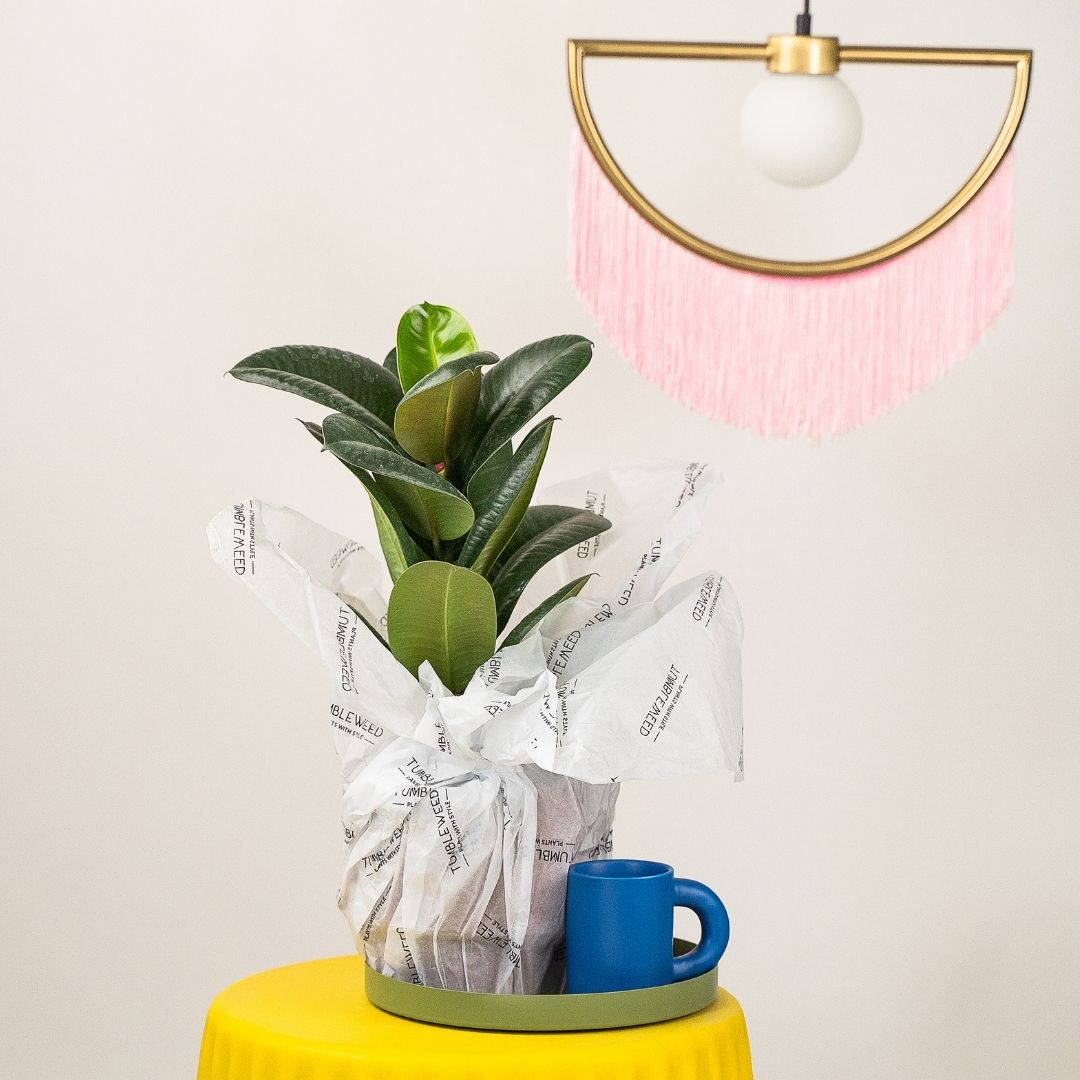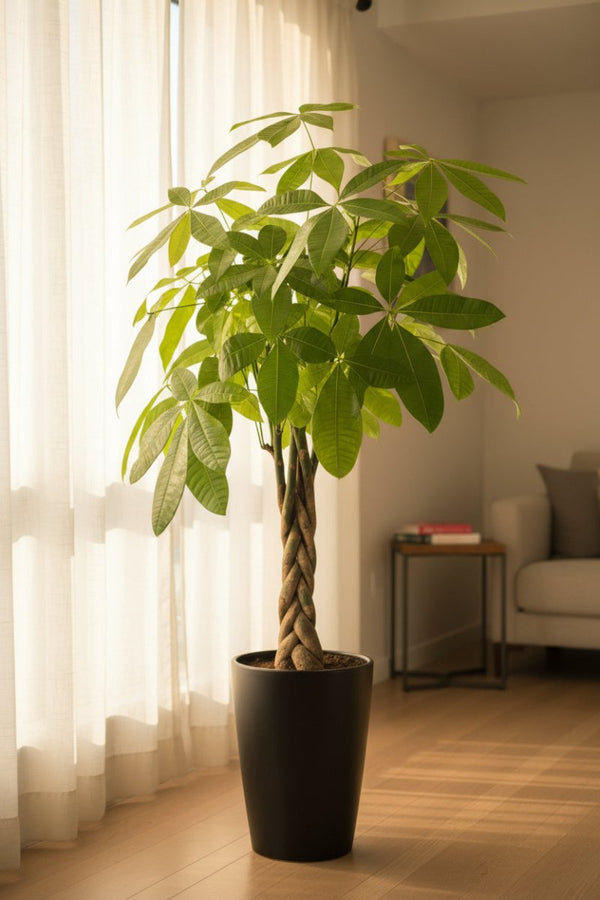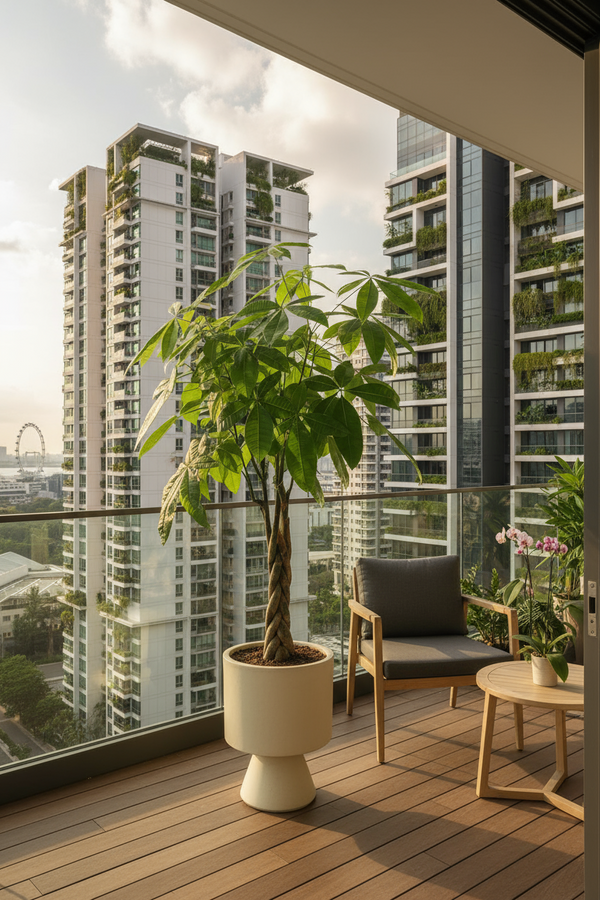Pachira or Money Tree is a good choice for anyone wanting to explore indoor trees for their homes. It is virtually kill-proof, can be maintained however you like it, and has a strong immunity against common houseplant mistakes like overwatering and neglect.
Search plants, planters, garden accessories and more.
-
Sale
-
Plants
-
Pots
-
Care
-
Decor
-
Gifts
-
Services
-
Business
Free Delivery Above $99 | Shop Now
What's New
-
 Year End Sale: Up to 50% off→
Year End Sale: Up to 50% off→ -
 🎁 Corporate Gifts! 🎁→
🎁 Corporate Gifts! 🎁→ -
 Transform your space with our Plant Styling Services!→
Transform your space with our Plant Styling Services!→ -
 Low Light Corner?→
Low Light Corner?→ -
 Login to Earn & Redeem Points!→
Login to Earn & Redeem Points!→ -
 🎉 Making buying plants easy! 🎉→
🎉 Making buying plants easy! 🎉→

Year End Sale: Up to 50% off
Upgrade your decor now! Automatic tiered discounts mean bigger savings on plants, planters & more. Watch your progress bar fill up as you shop! Sale ends soon. 🌱
Also don't miss out on our free XL Everfresh giveaway, auto enrolled when you make a purchase with us.
Shop Plants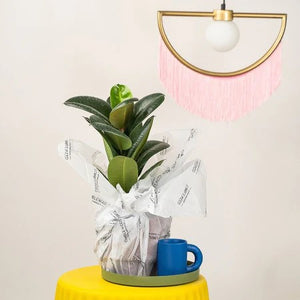
🎁 Corporate Gifts! 🎁
Planning corporate gifts for the festive season? Make a lasting impression with our premium plant gifts! Perfect for clients, partners, or employees, our curated selection of plants is both meaningful and elegant. Choose from a variety of options that fit any budget. Order now and ensure your corporate gifts are delivered in time for the celebrations.
Bulk Gifting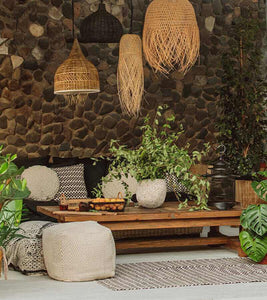
Transform your space with our Plant Styling Services!
Looking to refresh your space for the year-end festivities? Elevate your home decor with our Plant Styling service! Whether it’s a cozy corner or a grand living room, our expert tips will help you transform your space into a green oasis. Perfect for setting the holiday mood! Get inspired and start styling your space with our premium plant collections.
Start your Project
Low Light Corner?
No worries! Our Plant Lights are here to help your plants grow! Specially designed and made for houseplants.
Shop Lights
Login to Earn & Redeem Points!
Login and automatically enrol into our Rewards program, earning you points, and get exclusive deals and discount
Login Now
🎉 Making buying plants easy! 🎉
We have made buying plants even easier, with our customer service team, equipped to provide you with a plant recommendations. Hit us up on our chat channels to get started!
Shop NowUp to 50% off with our Year End Sale!
Free delivery above 99SGD
🎁 Free Gift Above $120
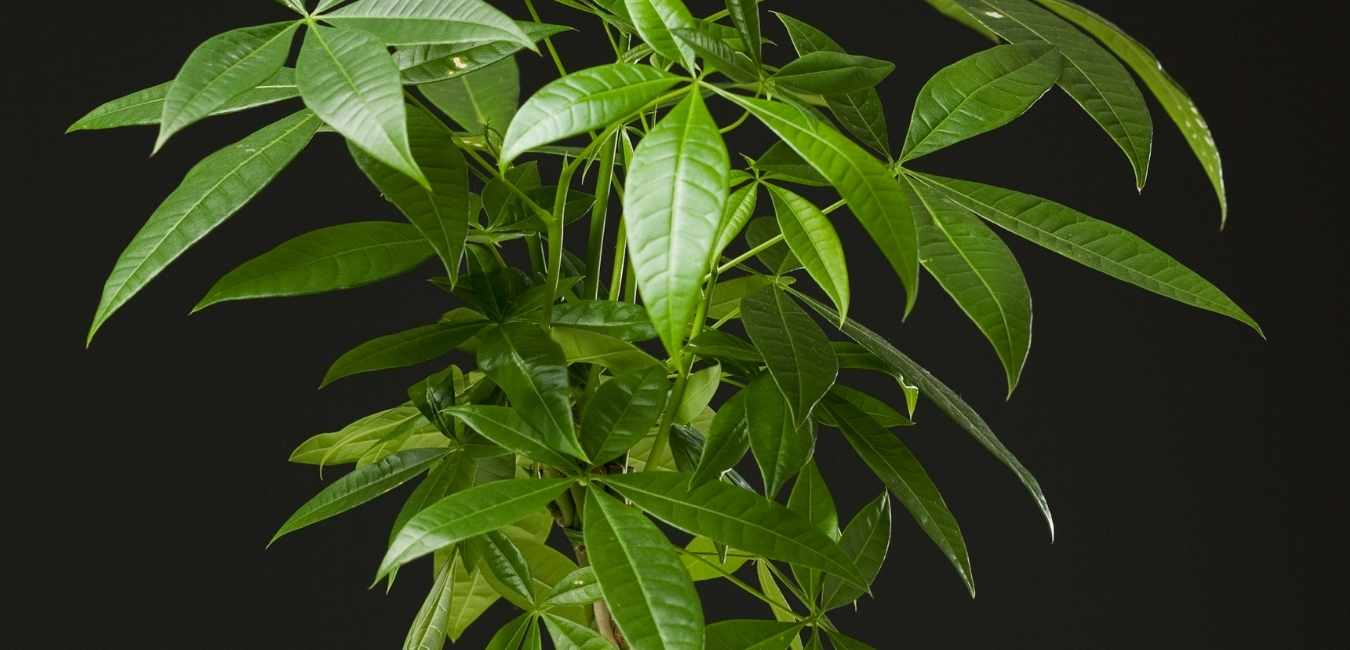
Pachira: Information and Plant Care Guide
Varieties from our listing
Interested to buy a plant from this group?
See what we have available HERE
Below is a general care guide for Pachira plants which can slightly differ depending on variety.
Light & Temperature
Place your Money Tree in medium to bright, indirect light. Rotate it weekly for even and balanced growth on all sides. This plant also does well under fluorescent lights.
Watering, Humidity & Misting
Money trees prefer thorough but infrequent watering. Deep soaking at least once a week will usually be enough to keep the plant happy. Leaf drop could indicate under watering. Ensure that the soil of your Money Tree is evenly moist. To boost humidity, mist the plant daily or place its pot on a tray of wet pebbles.
Soil and Repotting
Choose a fairly sandy, peaty soil for your money tree. The soil should be able to drain quickly and not hold a lot of moisture. The Money Tree can be repotted once every 2-3 years once it has outgrown its pot.
Propagation
The easiest way to propagate a Money Tree is through cuttings. Cut a 6 inch branch cutting with several leaf nodes and snip off the lower third of the cutting, then dip the cut end in rooting hormone. Insert the cut end into a fresh potting mix.
Fertiliser
Use a balanced fertiliser formulated for houseplants. Follow the directions on the label of our Down to Earth. organic plant food. Ensure the soil is moist before applying any fertiliser.
Toxicity
Money trees are non-toxic and is therefore safe around kids and/or pets.
Possible Issues
Under the right care and conditions, your plant will grow happy and healthy. But here are some issues you may encounter while caring for a Money Tree:
Scales, bugs, aphids and spider mites - When spotted, wash off the plant and apply neem oil.
Fungus gnats - When spotted, cover the soil with sand or pebbles to prevent them from laying eggs or hang sticky traps to catch the flies.
Yellowing leaves - This is can be due to overwatering, too little humidity, fertiliser issues or a combination of these factors. Adjust these factors appropriately and go for the routine where your plant look healthiest.
Molds on the soil - This is usually due to very wet soil. Cut back on watering and maintain a moist but not soggy soil.
- Regular Price
- $18.00
- Sale Price
- $18.00
- Regular Price
- $28.00
- Unit Price
- /per
- Regular Price
- $18.00
- Sale Price
- $18.00
- Regular Price
- Unit Price
- /per
- Regular Price
- from $145.00
- Sale Price
- from $145.00
- Regular Price
- Unit Price
- /per
- Regular Price
- $28.00
- Sale Price
- $28.00
- Regular Price
- $28.00
- Unit Price
- /per
TumbleweedPlants.com
Live Chat 💬
Whatsapp:+65 80561106
getintouch@tumbleweedplants.com
514 Chai Chee Lane (Office & Warehouse)
-Strictly not open to walk-in
Company
Helpful Links
Join Our Community
Join 40,000+ plant lovers and get care tips & inspiration.
About
TumbleweedPlants.com is an independent plants retail brand, established in Singapore in 2016. We make stylish indoor plants easy and accessible to all with great looking houseplant varieties, the biggest selection of planters and indoor plant care essentials delivered to your door.
Shop with confidence from the Best Plant Home Decor Online Store Today!

